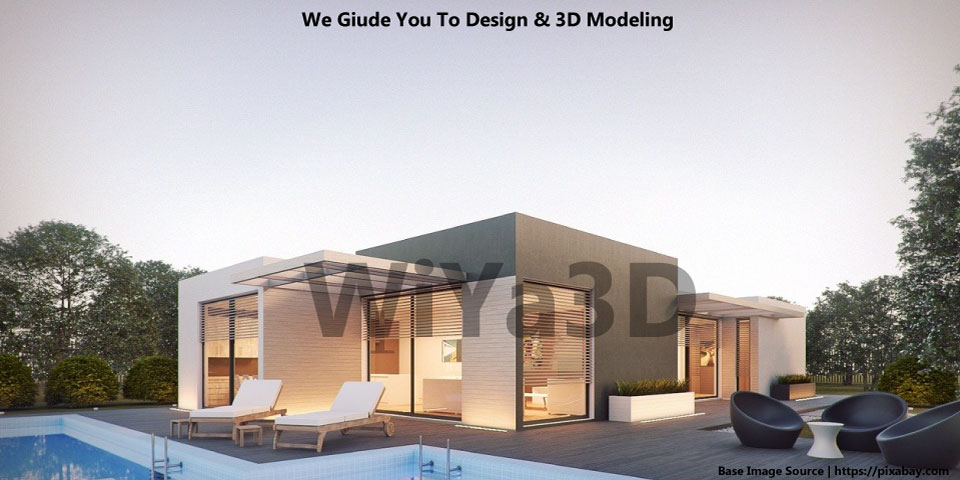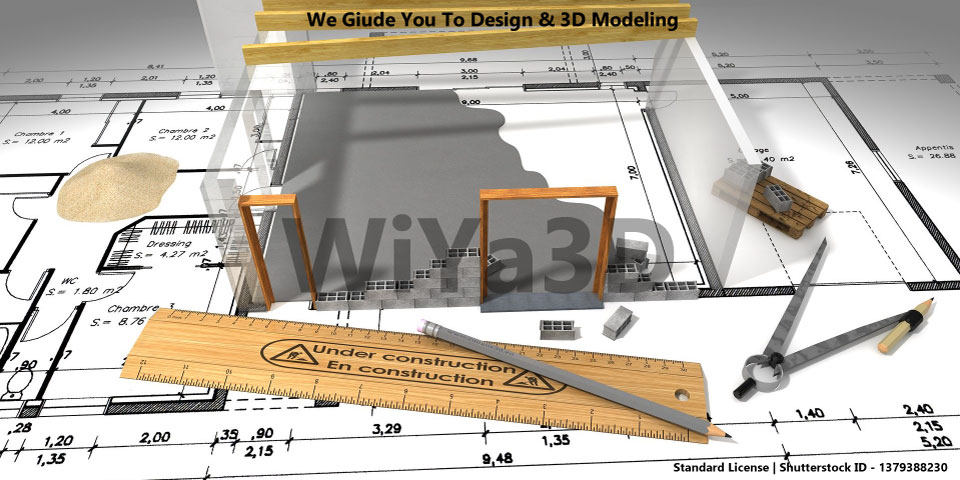Architectural design is the process of creating the layout, appearance, and functionality of buildings and other structures. It involves combining artistic and technical considerations to create spaces that are both aesthetically pleasing and functional.
There are several best practices and tips that architects can follow to ensure that their designs are of the highest quality. These include:
- Understanding the project requirements and constraints: Before starting the design process, it is important to understand the needs and requirements of the project, as well as any constraints such as budget, location, or zoning regulations. This will help to ensure that the design is feasible and meets the project’s objectives.
- Researching the site and context: It is also important to research the site and context of the project, including the surrounding area, climate, and local culture. This can help to inform the design and ensure that it is sensitive to its surroundings.
- Considering the user experience: The design should be focused on the user experience, taking into account the needs and behaviors of the people who will use the space. This may include factors such as accessibility, comfort, and convenience.
- Collaborating with other professionals: Architects often work with a team of other professionals, such as engineers, interior designers, and contractors. It is important to collaborate and communicate effectively with these team members to ensure that the design is cohesive and achievable.
- Sustainability: Sustainable design is an increasingly important consideration in architectural design. This may involve using energy-efficient materials and technologies, incorporating natural light and ventilation, and designing for adaptability and flexibility.
Form follows function
You should know the purpose and usage of your home. Generally, the exterior design is a depiction of the interior planning of your house.
Create a balance between shapes and symmetry
A well-designed space required balance and symmetry in the design. The facade of the house needs balance and symmetry explicitly to look properly design and eye-catching. There are various techniques to achieve the proportional exterior design.
Textures and materials of the house
Many materials can be used in home exteriors like vinyl siding, bricks, aluminum, stucco, wood, and steel, etc. You are a successful designer if you balance durability with balance.
The Color combination of the exterior
There is a million-dollar tip for you, your color choice for exterior can hide the other flaws of designing. You can decide the best colors by choosing two shades or tints from the same color strip and a few other contrasting colors. The third different color can be used on doors. Fresh white color on the porch can draw the attention of the viewer to the cozy entrance. Tall homes can be made visually shorter by using dark colors.
Selection of the right roof
The selection of a durable roof is more important than the color and aesthetic of the house.
Selection of a garage door
Some people do not think the garage doors as a part of the home design style, but it is the most vital thing of exterior design. You should know about the safety features, door insulation properties, material durability design, style, cost, and warranties while selecting a garage door.
Type of windows on the façade
Windows are considered as a soul of home exterior and interior. These are much more than functionality. Windows should be durable and reflect the character of your home. Generally, traditional windows contain rectangular, white paned and symmetrical.
An eye-catching entrance
You can add a lot of features that can make the entrance attractive such as plants, lightening, doorknobs, door kick plates, door knockers, porch seating, and rugs.
Landscaping
Placement of right plants in landscape will add a jaw-dropping appeal to your home.
Use of lights
Lightening is the most crucial feature in the exterior design of homes. Traditional homes generally have lightening chandeliers in the entryways and garage.
Interior design tips and best practices
Design inspiration for interior designing
It is the smartest way to design your home with the perspective of an interior designer. Gather interior design inspirations from magazines and websites because these forums have a lot of exciting and eye-catching data. You will have a great idealist of your favorite style. It will become so easy for you to decor your interior according to your choice.
Color combination
It is the toughest part to choose the color scheme for the interior spaces. Color inspires and creates moods of a person. Go back to the inspiration board and see what the prominent color in the picture you saved.
You should choose three colors, first for the main walls, second for the accents like chairs and couches and a third color for smaller accessories like pillows and flowers.
Add textures
The texture is as important as the color. Sometimes we decorate the interior in a single color like all in white or grey, then texture adds detail to that specific color and makes an eye-catching detailed look space. Design can express the personality of the owner by using colors, textures, and patterns.
Selection of right furniture pieces
Avoid adding so many small furniture pieces such as leggy tables and leggy chairs because they confuse the eye of a viewer and give a messy look to the room. The size of furniture can determine by the size of the room, and its style depends upon your choice.
Overall, following best practices and tips can help architects to create high-quality designs that are functional, aesthetically pleasing, and sustainable. By considering the project requirements, researching the site and context, focusing on the user experience, collaborating with other professionals, and incorporating sustainability






